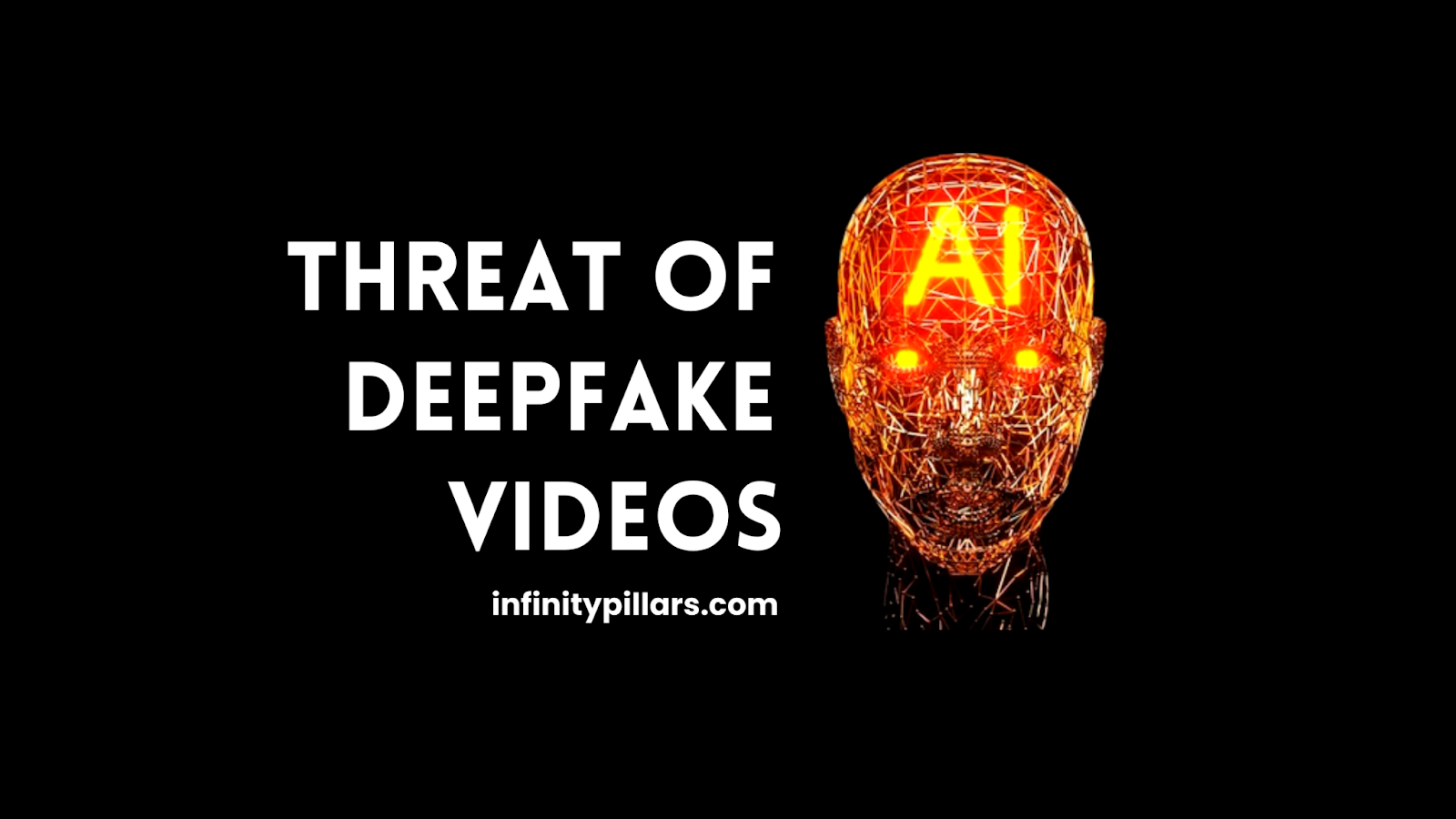
Digital Agency

1. Introduction
In the digital era, deepfake videos represent a rapidly growing threat to security and trust. These highly convincing but entirely fabricated videos are made possible through advanced artificial intelligence (AI). While deepfakes are often used in entertainment, their misuse in online fraud poses a significant risk to both individuals and businesses. In this article, we’ll explore how deepfakes are used in fraudulent activities, their technological underpinnings, and how you can protect yourself from becoming a victim.
2. What Are Deepfake Videos?
Deepfake videos are digitally manipulated media that place one person’s face, voice, or likeness onto another’s, creating a highly convincing but false representation. These videos are generated using AI algorithms, which analyze and manipulate images, videos, and audio recordings to mimic real-life behavior. While these videos are often used for entertainment or satire, they can also be exploited for malicious purposes, such as fraud or manipulation.
3. The Technology Behind Deepfakes
Deepfakes are powered by advanced AI techniques like Generative Adversarial Networks (GANs). GANs work by using two neural networks in opposition: one generates fake content, while the other evaluates its authenticity. Through continuous iteration, these networks refine their output, eventually producing videos or audio that are nearly indistinguishable from real content. As AI technology continues to advance, the quality and accessibility of deepfakes are expected to improve, making it more challenging to differentiate between real and fake content.
4. Implications for Online Fraud
Deepfakes are not just a novelty—they pose serious risks in the world of online fraud. Here’s how:
Impersonation and Social Engineering: Fraudsters can use deepfakes to impersonate trusted individuals, such as celebrities, politicians, or even close family members. With convincing videos, scammers can trick victims into revealing personal information, making financial transactions, or committing illegal actions.
Business Email Compromise (BEC): In a BEC attack, cybercriminals use deepfake technology to create videos or audio of company executives, making it appear as if they are instructing employees to perform fraudulent actions. This has the potential to result in significant financial losses and reputational damage for businesses.
Blackmail and Extortion: Deepfake videos can be used for blackmail, where criminals create false compromising videos or content of victims and threaten to release them unless a ransom is paid. This can cause immense emotional and financial distress.
5. Real-World Example
In 2019, a high-profile Business Email Compromise (BEC) incident occurred when a deepfake voice was used to impersonate the CEO of a multinational company. The fraudster’s convincing voice instructed the company’s financial controller to transfer millions of dollars to a fraudulent offshore account. Trusting the CEO’s “voice,” the controller made the transfer, leading to substantial financial loss. This incident demonstrates how even high-level executives can be manipulated by deepfake technology.
6. Ethical Use and Future of Deepfakes
While deepfakes are often associated with fraud and deception, there are potential positive uses of this technology as well. For example, deepfakes have been used in film production to create special effects, resurrect deceased actors for posthumous performances, or even preserve historical figures. In education, deepfakes could be used to bring historical events to life or create interactive learning experiences.
However, as the technology continues to evolve, the ethical concerns around deepfakes will grow. Governments and organizations are working to establish laws and frameworks to regulate their use. For example, the Malicious Deep Fake Accountability Act of 2018 in the U.S. sought to criminalize the creation of non-consensual deepfake videos for the purpose of defamation or fraud.
7. How to Protect Yourself from Deepfake Fraud
As deepfake technology becomes more sophisticated, it’s essential to be proactive in protecting yourself:
Verify the Source: If you receive unexpected or suspicious video content, always verify its authenticity before taking any action. Reach out to the person directly using another communication method.
Enhance Digital Literacy: Educate yourself and your employees about the risks associated with deepfakes. Awareness of how deepfakes work can help you spot signs of manipulation, such as inconsistent lighting or unnatural facial movements.
Use Multi-Factor Authentication: Protect sensitive business transactions with multi-factor authentication, ensuring that requests are verified through more than one method.
Adopt Anti-Fraud Technology: Invest in deepfake detection tools and AI systems designed to identify manipulated videos or audio content. Many companies are now using AI-based tools to scan for deepfakes and prevent fraud.
Promote Secure Communication Channels: Ensure that employees and individuals in your network understand the risks of deepfakes and know how to recognize potential fraud attempts. Use secure channels for critical communications, especially involving financial transactions.
8. Conclusion
Deepfake videos represent a serious and growing threat in the realm of online fraud. The ability to convincingly manipulate audio and video content opens the door to numerous types of fraud, from impersonation and phishing to blackmail and extortion. However, as this technology develops, so too will efforts to combat its misuse. By staying informed, using security measures, and promoting digital literacy, we can reduce the risks posed by deepfakes and safeguard both individuals and businesses in the digital age.





